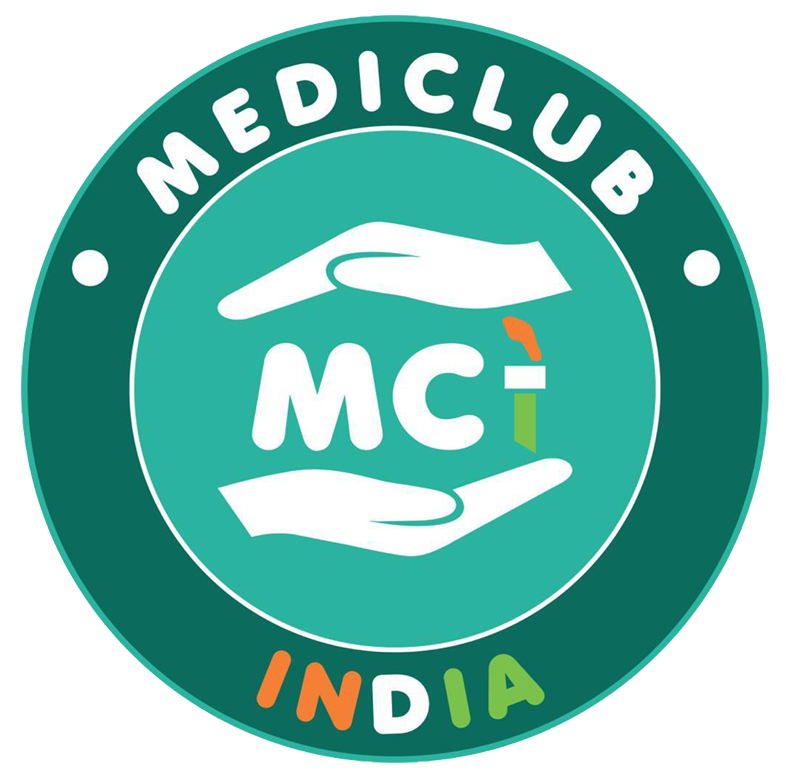Understanding Carpal Tunnel Syndrome: A Neurologist’s Guide
In today’s digital era, where typing, texting, and repetitive hand movements have become routine, Carpal Tunnel Syndrome (CTS) has emerged as one of the most common causes of hand numbness and wrist pain. This condition is not just an inconvenience—it can significantly impact daily tasks like gripping, writing, or even lifting objects.
According to Dr. Kunal Bahrani, leading neurologist in Faridabad, early diagnosis and proper carpal tunnel treatment can prevent long-term nerve damage and restore hand function effectively.
What is Carpal Tunnel Syndrome?
The carpal tunnel is a narrow passageway located on the palm side of your wrist, surrounded by bones and ligaments. It houses the median nerve, which controls sensation and movement in the thumb, index, middle, and part of the ring finger.
Carpal Tunnel Syndrome occurs when this median nerve becomes compressed or squeezed due to swelling or narrowing of the tunnel. The result is pain, tingling, numbness, or weakness in the hand and wrist.
Prolonged nerve compression can lead to permanent damage, which is why timely nerve compression treatment from a neurologist is essential.
Causes and Risk Factors
Carpal Tunnel Syndrome can develop from various factors that increase pressure on the median nerve. Common causes include:
- Repetitive Hand Movements: Typing, using a mouse, sewing, or driving for long hours.
- Wrist Injuries: Fractures, sprains, or swelling that narrow the carpal tunnel.
- Hormonal Changes: Pregnancy, menopause, or thyroid imbalances can cause fluid retention.
- Health Conditions: Diabetes, rheumatoid arthritis, and obesity increase the risk.
- Genetic Factors: Some people have naturally smaller carpal tunnels.
Dr. Kunal Bahrani explains that it’s crucial to identify and address the underlying cause early to prevent permanent nerve damage or muscle wasting in the hand.
Symptoms of Carpal Tunnel Syndrome
The symptoms usually develop gradually and worsen over time, especially if ignored.
Common signs include:
- Numbness or Tingling: Especially in the thumb, index, and middle fingers.
- Hand Weakness: Difficulty holding or gripping objects.
- Pain or Burning Sensation: That radiates up the arm or worsens at night.
- Swelling Sensation: Feeling like fingers are swollen even when they’re not.
- Clumsiness: Dropping objects frequently due to reduced sensation.
Early symptoms may come and go, but as the condition progresses, the discomfort can become constant. Consulting a hand numbness doctor like Dr. Kunal Bahrani helps determine the exact cause and severity.
Diagnosis of Carpal Tunnel Syndrome
Accurate diagnosis requires clinical evaluation and specific neurological tests. Dr. Kunal Bahrani, an experienced neurologist in Faridabad, uses a combination of methods to confirm the condition:
- Physical Examination:
Checking for numbness, muscle weakness, and response to touch or vibration. - Tinel’s Sign & Phalen’s Test:
Specific hand maneuvers used to reproduce symptoms and identify median nerve irritation. - Nerve Conduction Studies (NCS):
Measures the speed and strength of signals traveling through the median nerve. - Electromyography (EMG):
Evaluates the electrical activity of muscles controlled by the median nerve. - Ultrasound or MRI:
Imaging tests may be used to detect swelling, cysts, or structural abnormalities in the wrist.
A thorough evaluation ensures the best nerve compression treatment in India is selected based on the patient’s condition.
Modern Treatments for Carpal Tunnel Syndrome
Treatment aims to relieve pressure on the median nerve, reduce inflammation, and restore hand function. The choice of treatment depends on the severity of symptoms.
- Non-Surgical Treatments
Lifestyle Modifications:
- Take frequent breaks during repetitive tasks.
- Maintain proper wrist posture while typing or working.
- Avoid sleeping on bent wrists.
Wrist Splints:
Wearing a wrist splint, especially at night, keeps the wrist straight and relieves pressure on the nerve.
Medications:
Anti-inflammatory drugs (NSAIDs) and corticosteroids help reduce pain and swelling.
Physical Therapy:
Stretching and strengthening exercises improve flexibility and prevent recurrence.
Ergonomic Adjustments:
Adjusting keyboard height, using padded mouse pads, and improving workplace ergonomics can reduce strain.
- Surgical Treatments
If conservative methods fail, carpal tunnel release surgery may be necessary. The surgery involves cutting the ligament pressing on the median nerve to relieve compression.
- Open Surgery: Traditional method using a small incision in the wrist.
- Endoscopic Surgery: Minimally invasive, faster recovery, and less post-operative pain.
According to Dr. Kunal Bahrani, most patients experience significant relief and return to normal activities within weeks after surgery.
Recovery and Lifestyle Management
Recovery depends on the severity of nerve compression and the treatment approach. Post-treatment care includes:
- Regular hand exercises to restore strength and mobility.
- Avoiding repetitive strain until the wrist fully heals.
- Using ergonomic tools for daily tasks.
- Maintaining healthy weight and managing chronic conditions like diabetes.
Following your neurologist’s guidance ensures optimal recovery and prevents recurrence of symptoms.
Preventing Carpal Tunnel Syndrome
While not all cases can be prevented, adopting healthy habits reduces your risk:
- Maintain a neutral wrist position during work.
- Take short breaks every 30–40 minutes from repetitive hand movements.
- Perform wrist stretches regularly.
- Use ergonomically designed keyboards and chairs.
- Keep your hands warm and avoid prolonged exposure to vibration.
FAQs on Carpal Tunnel Syndrome
- What are the first signs of Carpal Tunnel Syndrome?
Early symptoms include tingling, numbness, or burning sensations in the thumb and first three fingers, often worsening at night.
- Can Carpal Tunnel Syndrome heal on its own?
Mild cases may improve with rest and wrist splints, but persistent symptoms need medical evaluation to prevent nerve damage.
- How do neurologists diagnose Carpal Tunnel Syndrome?
A neurologist uses nerve conduction studies and EMG tests to measure the function of the median nerve and confirm the diagnosis.
- Is surgery the only treatment option?
No. Most patients respond well to conservative methods like splints, physiotherapy, and anti-inflammatory medications. Surgery is reserved for severe cases.
- Can Carpal Tunnel Syndrome return after treatment?
Yes, recurrence can happen if preventive measures like ergonomic adjustments and wrist exercises are not followed.
- What happens if Carpal Tunnel Syndrome is left untreated?
Untreated CTS can cause permanent nerve damage, leading to chronic numbness, muscle weakness, and loss of hand function.
- Who should I consult for Carpal Tunnel Syndrome?
A neurologist or hand numbness doctor like Dr. Kunal Bahrani can diagnose and offer the most effective carpal tunnel treatment based on your symptoms.
About Dr. Kunal Bahrani
Dr. Kunal Bahrani is a leading neurologist in Faridabad, specializing in the diagnosis and treatment of nerve compression disorders such as Carpal Tunnel Syndrome. Known for his patient-centric approach and use of advanced diagnostic tools, he offers comprehensive care for conditions affecting the brain, spine, and peripheral nerves.
With years of expertise, Dr. Bahrani ensures that each patient receives personalized treatment — from non-surgical therapies to advanced neurorehabilitation — ensuring faster recovery and long-term relief.
Conclusion
Carpal Tunnel Syndrome may seem like a minor discomfort at first, but ignoring its symptoms can lead to irreversible nerve damage and disability. Early diagnosis, ergonomic precautions, and appropriate carpal tunnel treatment can restore hand function and prevent future complications.
If you’re experiencing frequent hand numbness, tingling, or wrist pain, it’s time to consult Dr. Kunal Bahrani, an expert neurologist in Faridabad, for accurate diagnosis and advanced nerve compression treatment in India.
Take charge of your hand health — because every movement matters.

